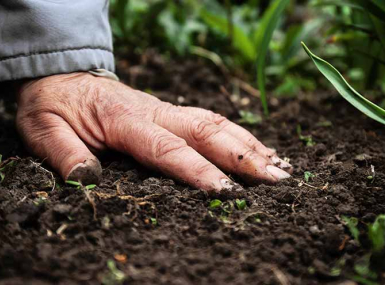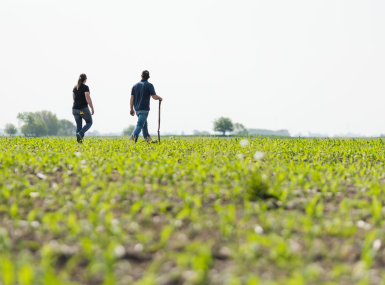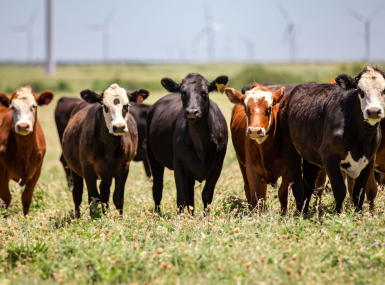Artificial intelligence teases agricultural “revolution”

Key Takeaways
Irrigation. Crop rotation. Fertilizer. Pesticides.
Next up, artificial intelligence?
The tools that have fueled agricultural advances have thus far have been organic, but the potential for machine learning to grow and treat crops more effectively has captured Nathan Boyd’s attention.
Agriculture and Rural Affairs Steering Committee
July 12
Center for Applied Artificial Intelligence
He is the associate director of the University of Florida Gulf Coast Research and Education Center. He has also spent his career developing weed management plans, not computer systems, so he comes in focused more on outcomes than processes.
“In agriculture, we’re just in the beginning of another revolution and when we emerge out on the other side, agriculture is going to be very different than it is today,” he said. “Growers will adopt new technology and as long as it makes sense and as long as it makes economic sense, and there’s been for decades a push toward modern agriculture to get bigger, stronger, faster, the result has been bigger and bigger farms.”
He demonstrated the opportunity for automated processes to alleviate labor shortages that have stymied agriculture’s recent growth in Florida.
“The strength of AI is its ability to identify things over a range of conditions, range of sizes and range of developmental stages,” he said. “Machine vision in the past could not do that.”
Equipping machinery with cameras and new programming that can detect disease in crops much faster than human inspection, farmers can intervene faster and reduce crop loss. More efficient herbicide use will not only cut costs, but also reduce environmental consequences.
Boyd is helping develop a state-funded Center for Applied Artificial Intelligence, which will pursue research into labor and production efficiency solutions, priorities that were identified after consultation with different community groups.
“From the very beginning, we’ve made it a priority to work with grower groups so that this facility actually addresses the needs of growers,” he said.
He is also prepared to meet skepticism about integrating artificial intelligence into agriculture, especially through a state-funded effort.
Doesn't this mean a loss of jobs?
“Probably not,” Boyd said, noting that overall employment rose in Florida following automation as the industry expanded. “The reality is here in Florida, is that we don’t have a workforce to do this and we’re struggling to find people, so we have to automate in order to ensure that agriculture stays in business.”
Will this be big and expensive?
“We’re really focused on developing smaller equipment that a small grower can buy; one big grower can buy 10, but it’s still going to help all types of agriculture and hopefully benefit everyone.”
Related News

U.S. Department of Agriculture unveils $700 million for regenerative agriculture
On December 10, U.S. Secretary of Agriculture Brooke Rollins announced the launch of a $700 million pilot program to support regenerative agriculture practices across the country.

White House and U.S. Department of Agriculture announce $12 billion in aid to farmers
On December 8, President Trump and U.S. Secretary of Agriculture Brooke Rollins announced a $12 billion farm aid package to help farmers manage market disruptions and rising production costs.

U.S. Department of Agriculture releases plan to strengthen beef industry
On October 22, the U.S. Department of Agriculture (USDA) announced its plan in a white paper to stabilize and strengthen the nation’s beef industry. USDA’s white paper lays out a long-term strategy that aims to reverse these trends by improving the resilience of the domestic beef industry, increasing consumer access to American beef products and boosting demand
News
Everything you need to know about artificial intelligence and GIS
Explore the transformative power of AI & GIS in county government operations.

